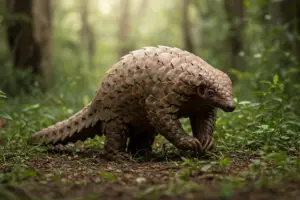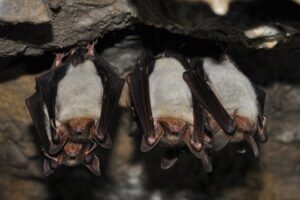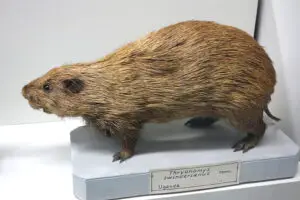Yes, penguins do have knees! A penguin’s leg is made up of a short knee, knee, tibia, and femur. Penguins have very short legs because the feathers cover their upper leg bones. Let’s first discuss the anatomy of a penguin. It is hard to believe that these large, squat-like bipeds can fly but also swim. With their feathery plumage, ostriches, emus and rheas can be easily identified as birds. Penguins are a strange addition to this group of flightless birds. Is it possible that all birds are descended from one common ancestor. Birds are warm-blooded and have a bill. Let’s now take a look at penguins. They tick all the boxes! But why are they birds? They look so funny! Let’s get to the meat of it. Penguin knees Okay, so do penguins have knees? The penguin’s skeletal system is the same as that of other birds. The keel or sternum is a key characteristic of bird skeletons. It is very large and flat, but lies perpendicularly to the ribs. This large bone is used to attach the flight muscles to the tendons. It is vital for both flight form and function. Penguins fly through water, which is denser than the air, and they also rely on their keel to propel them. The density of their bones is another important adaptation that makes them different from other volant birds. Many birds that fly in our yards or neighborhoods have hollow bones in their skeletons. This makes the skeleton extremely light, which allows birds to fly. This density would not be beneficial to the bones of penguins. Hollow bones would make it difficult for penguins to dive underwater to search for fish. Penguin bones are strong and heavy which allows them to dive deeper. Penguins have their knees tucked inside of their bodies. Penguins are hydrodynamic and streamlined, so long legs could add drag. To give them that torpedo-like appearance, they have short legs and webbed feet. Comparing bird anatomy to humans would reveal something quite unique. You can compare their leg bones to ours by looking at Figure 1 side-by-side. The ankles of birds are what most people mistakenly think are their knees. This creates the illusion that bird’s knees are opposite to ours. In reality, the bird’s knees are hidden within its body cavity. How does this look inside a penguin? Below are images that show boxes around the penguins’ knees. Imagine you are wearing an oversized shirt and pulling it up over your knees, so your feet and ankles are visible. Imagine you are trying to walk forward from this position. You could probably waddle, too. This gives the penguin a advantage in water, allowing them to swim faster to catch food and avoid predators. They are more vulnerable to predators on land because they are slower and less mobile. Because Antarctic penguins rarely encounter predators on the land, having larger bodies is not a problem. Other species living in tropical or temperate climates tend to find the water a safer environment. Penguins were originally classified with other flightless birds (Ratites). Multiple studies have shown that penguins were evolved from flying birds. These birds are distinct from other flightless bird ancestors. Their relationship to seafaring birds like frigatebirds and albatross has been further supported by mitochondrial DNA. More genomic testing revealed that their closest living relatives were birds from the Ciconiiformes Order (storks gannets plovers and boobies). It is not yet clear if other bird species are related to penguins. We do know what their bones looked like 60 million years ago, thanks to the fossilizations. These ancient penguins, known as Waimanu genus, may be the oldest proof of bird lineage. Scientists believe that almost all bird species were affected by the Cretaceous extinction event, which wiped out dinosaurs. It is believed that the penguins of today evolved quickly from the few species that survived after this catastrophe. You can see that penguins have knees if you x-ray their legs! A penguin’s leg actually consists of four parts. It is composed of a femur and knee, tibia and fibula. These bones are the same as your leg. Their legs are so short! Because penguin feathers hide their upper legs, it’s an optical illusion. So penguins do have knees. Because the feathers cover their upper part, their legs look longer than they are. If they have knees, why would they waddle? Scientists have puzzled over this question for a long time. Today, scientists believe penguins can waddle because of their legs. You’ll see that the legs of a penguin are set back from their bodies if you take a closer look at them. It is more difficult to walk on the ground because it takes more energy and requires more effort. Penguins also walk on their soles, not their toes, like other birds. Waddling allows penguins to increase their speed and use less energy. Penguins spend up to 75% of their time in water so their bodies are able to move quickly. Penguins use their feet and tails as rudders. Their flippers, which act in the same way wings on other birds, allow them to “fly” through water.
Do Penguins Have Knees?
Latest from Blog

Migration in Mammals
Migrations are mass movements from an unfavorable to a favorable locality and in plains-dwelling, large herbivores such as reindeer, bison, zebras, wildebeest, or elk they can be quite spectacular. In large sea mammals migrations are no less important, but to us are merely less visible and it has taken much…
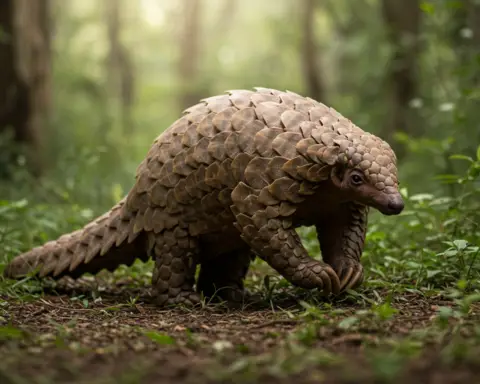
Amazing Facts about Giant Pangolin
The giant pangolin is an extraordinary mammal known for its distinctive armored appearance, covered in large, overlapping scales that provide exceptional defense. Native primarily to tropical rainforests and savannas in Africa, it specializes in a diet consisting mostly of ants and termites. Its powerful, curved claws are perfectly adapted for…
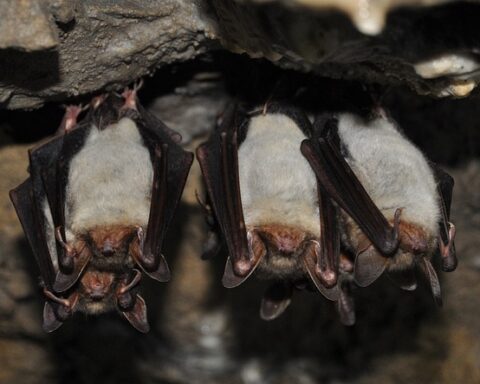
How are Bats Different from other Animals?
This section focuses on how bats have uniquely adapted for flight, making them the only mammals capable of powered flight. Unlike birds or insects, bats are not only fliers—they are nocturnal mammals, which adds extra layers of complexity to their evolutionary path. Their adaptations go beyond the development of wings.…
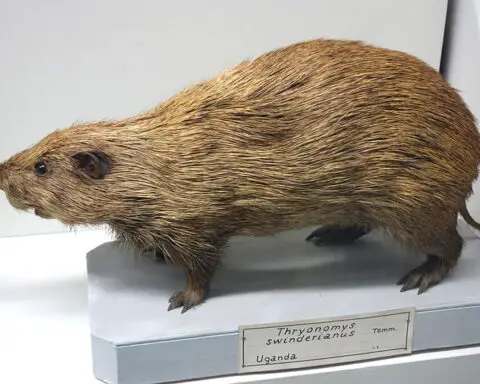
Cane Rat (Thryonomyidae)
Cane rats are robust rodents with stocky bodies, small ears, and short tails; body covered with sharply pointed, but pliable, spiny hairs; broad, heavily built orange-colored chisel-shaped incisors, with the upper ones grooved longitudinally at the front. They will make habitats in grasslands and wooded savanna. What Do Cane Rats…

What Do Antbirds Eat?
Antbirds (Formicariidae) are small to medium-sized songbirds with short, rounded wings, a short or long tail, and a stout or slender bill slightly hooked at the tip, feed on insects on the ground or in trees or thickets; prey is usually gleaned from foliage, although some species also catch flying…




